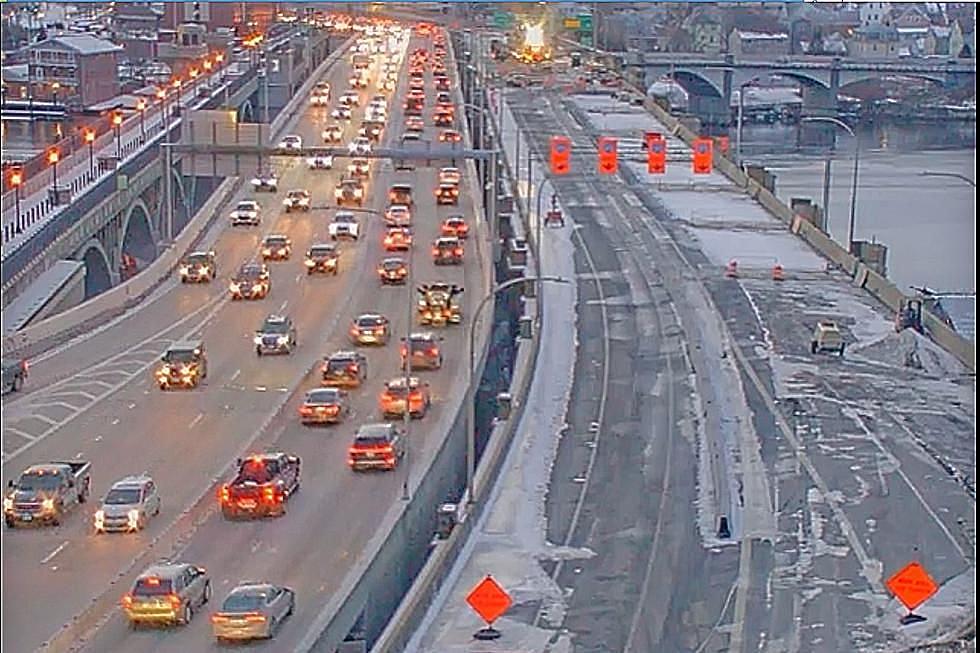
Coexisting with Coyotes on the SouthCoast
For the second installment of its Wildlife Education Series, the Buttonwood Park Zoological Society present a lecture by the Narragansett Bay Coyote Study (NBCS) on Thursday, February 7 to educate the SouthCoast community on coexisting with coyotes.
Dr. Numi Mitchell, Ph.D., the lead scientist, project director, and president of the Conservation Agency, presented the NBCS research on science-based coexistence and management strategies for coyotes.
“What we’re doing is advocating passive coyote management,” Dr. Mitchell said.
Coyotes are highly intelligent animals whose reproductive rates increase when well-fed; if people try to eliminate coyotes by hunting or trapping them, the remaining coyotes have less competition over food and, thus, the population rises.
The NBCS has been developing strategies to manage the area's top predators since 2004, including GPS-collaring and studying coyote packs on Conanicut and Aquidneck Islands. By mapping where the collared coyotes traveled, the scientists learned where packs frequently visited and took a look for themselves.
One case Dr. Mitchell shared was that of a coyote named Bonnie, who put a farm in Middletown, Rhode Island to good use. The farmer intended for his pigs and cattle to delight in the piles of garbage he deposited onto the ground, but Bonnie also thought it was a great food source. After journeying to the trash pile at night, she would relocate to two other places throughout the day in a fairly predictable triangle shape.
“The people just 300 feet away from a heaping garbage pile viewed the coyotes as invading,” Dr. Mitchell said, “But they were really just passing through.”
Piles of garbage aren’t the only food source that attracts coyotes, however. The NBCS scientists have also traced the coyotes’ frequently visited hotspots to kibble left out for feral cats, roadkill, and even pears fallen from trees.
To implement the management strategies, the NBCS team has a simple solution: eliminate the food source that’s attracting the coyotes. With less food, the coyotes won’t reproduce as often and will be forced to search farther for food, therefore lowering the coyote density.
In the case of the farm Bonnie used to visit, the farmer got rid of the garbage and pigs and brought in llamas, who are excellent at protecting the cattle against the preying coyotes.
The NBCS scientists are also sharing their Best Management Practices for Coexistence with Coyotes (CBMPs) with towns to encourage the sustainable and successful management of coyotes. One result of the CBMPs is the No Feeding Ordinance, which places a fine on anyone who puts out food or food attractants for coyotes or other non-domestic animals. So far, Portsmouth, Middletown, and Newport have instituted the No Feeding Ordinance as law.
The NBCS received a grant this past October for a five-year study that will remove human-provided food resources to see what happens and then measure the size of the packs’ territories before and after the removal.
“It is possible to coexist,” Dr. Mitchell summed at the conclusion of her presentation. “Just don’t feed them!"
More From WFHN-FM/FUN 107









